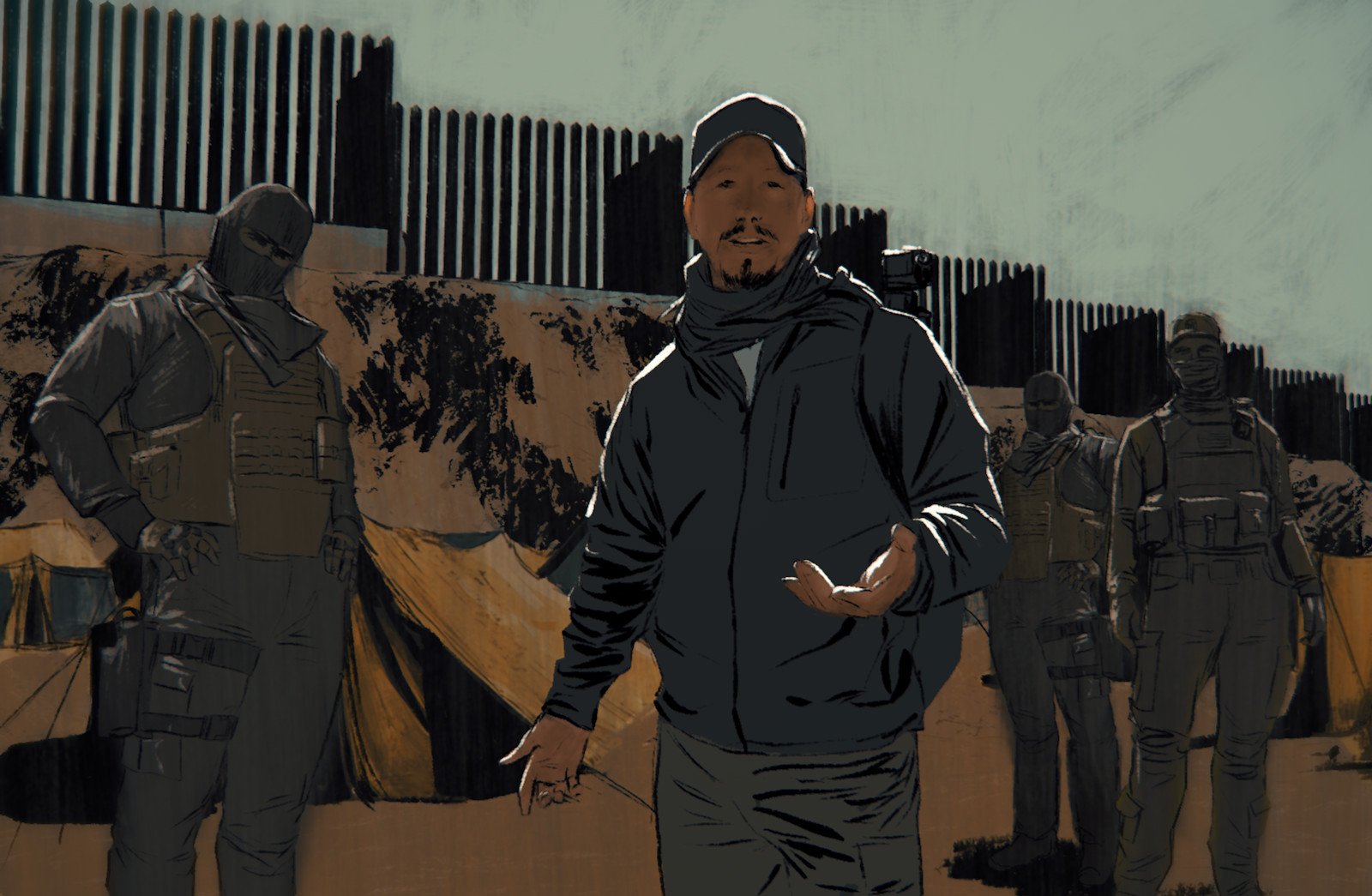Influx of Unaccompanied Migrant Children a Tragedy that Requires Congressional Attention
Despite border fences, increased militarization and drones patrolling our southern border, every year thousands of children from Latin America traveling without parents or adult relatives risk death to reach their loved ones in the United States. Illegal immigration across the southern border has dipped to historic lows, yet this year the number of unaccompanied minors is expected to reach 14,000 children — an 86 percent increase from previous years. The influx took government officials by surprise. Since early spring, they have been scrambling to find shelters to accomodate all of the children — some as young as six years old. Many of these children are arriving in Texas. Government officials shouldn’t be surprised. The root causes of this tragedy — the poverty and violence back home as well as our outmoded immigration policies have existed for decades. Nonprofit agencies such as the U.S. Committee for Refugees and Immigrants who work with these children daily have been sounding the alarm for years to no avail. In this following op-ed by Lavinia Limon, CEO of the U.S. Committee for Refugees and Immigrants, Limon urges that Congress do something to address the unfolding crisis.
Unfortunately, with regards to Congress and immigration reform nothing has changed since 2010 when I wrote Children of the Exodus about unaccompanied children deported to Mexico. While reporting the story I witnessed children in shock after their mother died before their eyes as they tried to cross the desert to be reunited with family in the United States. Children were exploited by criminal gangs, kidnapped and risked death swimming the Rio Grande. What I witnessed on our southern border was nothing short of a humanitarian crisis. It’s only gotten worse. For the U.S. government to continue to ignore the causes of all of this pain and suffering is the worst tragedy of all.
— Melissa del Bosque
Op-ed by Lavinia Limon, CEO of the U.S. Committee for Refugees and Immigrants
We are witnessing the slow unfolding of a tragedy on our southern border today. Annually, thousands of immigrant children from Central America and Mexico continue to turn up in search of parents, family, and an escape from violence. In spite of a significant drop in adult migration in recent years, child migration continues to increase. While the media reports that there is a sudden “surge” of these unaccompanied children, the truth is that there is a steady increase which strains current resources to house and care for them. Policy makers in Washington have a responsibility to look for causes, and more importantly, to find solutions that will prevent child migration. I think the answer lies in the one place it has not yet been sought: in the patchwork of failed U.S. immigration policies.
The current problem came to the public’s attention only last month when it was reported that more than 200 children, unaccompanied by any parents, crossed the U.S. border from Mexico into southern Texas over a short period last month. Existing capacity to hold the minors, normally a function of the federal Department of Health and Human Services, was overwhelmed. For the first time, it was necessary to seek temporary housing from the Air Force at an unused Lackland AFB dormitory.
What explains the continued increase of unaccompanied migrating children? The media and politicians have engaged in speculation, but none of it is supported by hard proof or cited by the children themselves. According to a story in the Wall Street Journal, the principal cause is a 2011 Mexican law that permits more migrating children to remain there for humanitarian reasons rather than being returned to their home countries. Under this novel theory, these children then push on northward to the U.S. border. This theory is irrational; humane treatment of children in Mexico does not encourage migration to the United States.
Gov. Rick Perry of Texas joined the debate and garnered attention when he released a stern letter to President Obama recently. He wrote that the increase of unaccompanied children was one of the “consequences of having an unsecure border” which works as a “temptation”, luring the children, mostly from Honduras, El Salvador and Guatemala, to make the long, dangerous trek to the United States. Perry chided the President and called for the children to be immediately repatriated as a deterrent to others.
But the children we’ve been working with for over five years say they come because of grinding poverty, violent gang recruitment, orphan hood, and especially the desire to be reunited with their parents. These are the reasons why so many children are fleeing to the United States seeking asylum, a future, and their families.
This is a regional problem and requires a regional response including increased educational and development assistance in Central America and Mexico. But, we must also look at our own policies for causes of increased child migration and, hopefully, for solutions. As long as the U.S. continues its inhumane immigration policies dating from the early1990s – the last time immigration ‘reform’ occurred – the problem of unaccompanied migrant children flooding our borders will continue.
The central fact of our existing immigration policies is that they keep families separated. The Illegal Immigration Reform and Immigrant Responsibility Act, passed by the Congress in 1996 created the current problem. All at once it erected a major barrier for parents here illegally from ever seeing their young children again. The law established 3 and 10-year bans to re-entry to the United States for certain undocumented individuals. The risks of returning home, for parents who came to the U.S. to find work and send money back to Central America to support their kids, were too great. Well aware of the new policies, many of these parents have not seen their children since just after they were born.
Other half-measures from that period, including the Immigration Act of 1990 and the Nicaraguan Adjustment and Central American Relief Act of 1997, served only to create more uncertainty for many undocumented parents from Central Americans by establishing only piecemeal immigration benefits that did not extend to their children back home. Simultaneously, enforcement along the U.S. border was stiffened, making it harder to leave and return.
Most of the unaccompanied migrant children who have made the dangerous trip over thousands of miles to the U.S. say they came to be with one or both of their parents. The average age of the children coming from Central America and turning up in Texas and Arizona is fifteen years old. Is it a coincidence that the punitive ban on re-entry to the United States for undocumented parents was put in place exactly fifteen years ago in 1997?
It is hard for children who live separated from their parents for nearly their entire lives. Our current policies provide no opportunity for the children of the undocumented – and those possessing only temporary legal status – to ever visit their parents in the United States, much less reunite. Since our policies fail to provide a way, the children, unsurprisingly, are taking matters into their own hands.
Congress bears the largest measure of responsibility for the current surge in unaccompanied migrant children. Until real immigration reform is enacted, founded upon the principle of family reunification, we will see more of it. For years now these parents in our country, who have been sending money back home to support their kids, await real immigration reform to occur so that they may come forward and show that they are upstanding members of the community. Without true immigration reform, they will continue to wait, separated from their children, in the shadows and their children will risk their lives to join them.
Lavinia Limon is President and CEO of the U.S. Committee on Refugees and Immigrants


